
BEDFORD – Last week, White River Humane Society, currently located on Pumphouse Road, gave a report to the city of Bedford regarding the state of the shelter, and notably, the degree to which the shelter is over-populated by animals.
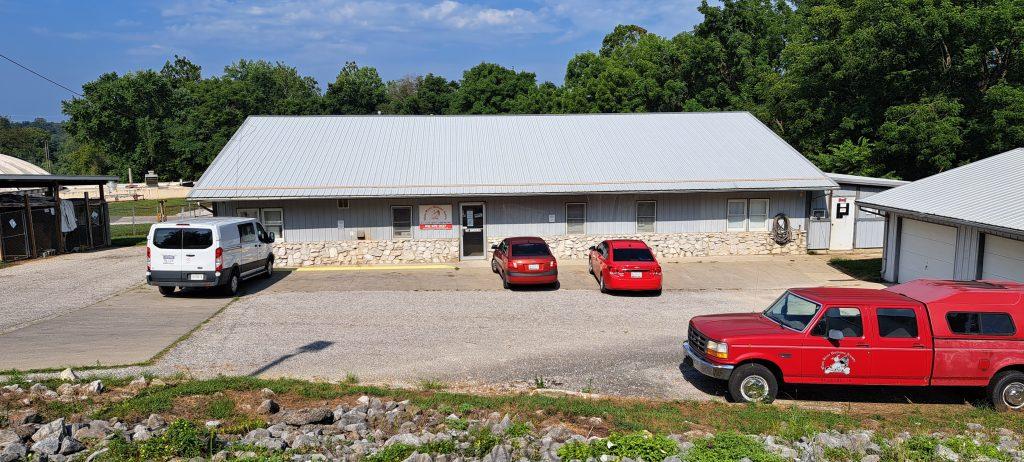
As of this last week, the shelter, which has a capacity for 50 dogs and 60 cats, is currently housing 80 dogs and 140 cats. These numbers are severely overloading the shelter. The need for space is evidenced by the various cages lining halls and across from the built-in kennels.
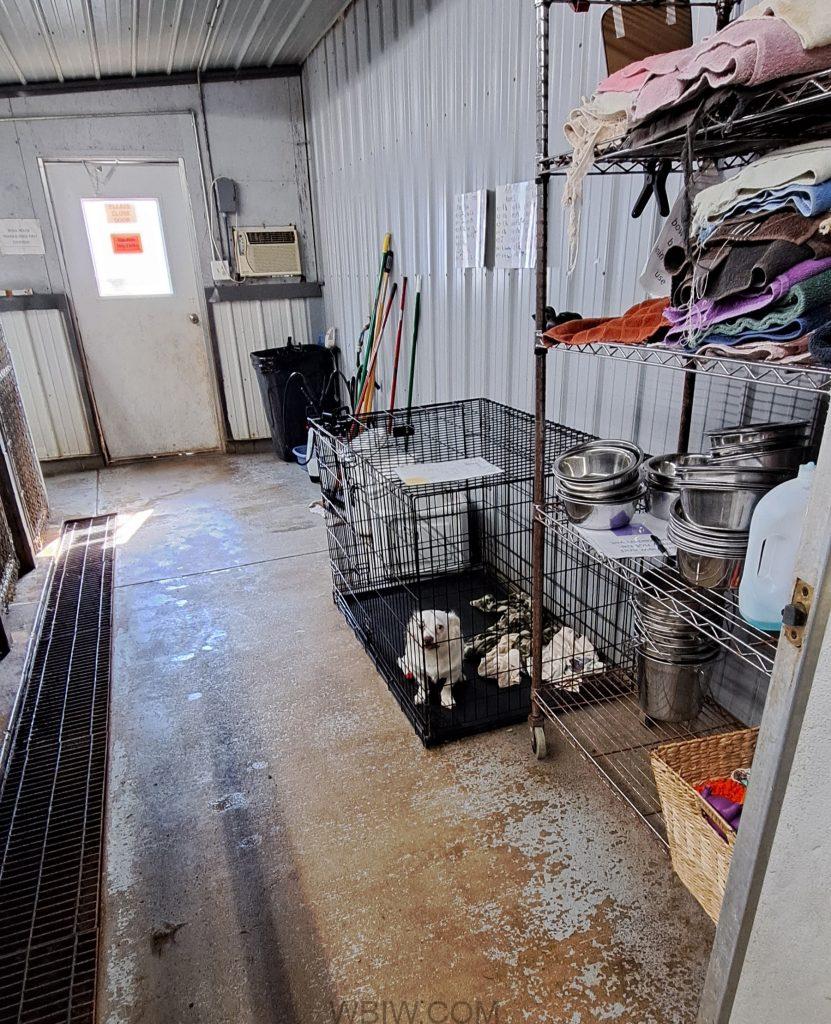
While over-population at the shelter is a factor contributing to the need for a newer, improved shelter, it’s not the most important.
“Laundry and dishes are never-ending. We try to keep our animals healthy.” Debbie Stailey, President of the White River Humane Society Board of Directors, said as she led WBIW through the back of the shelter.
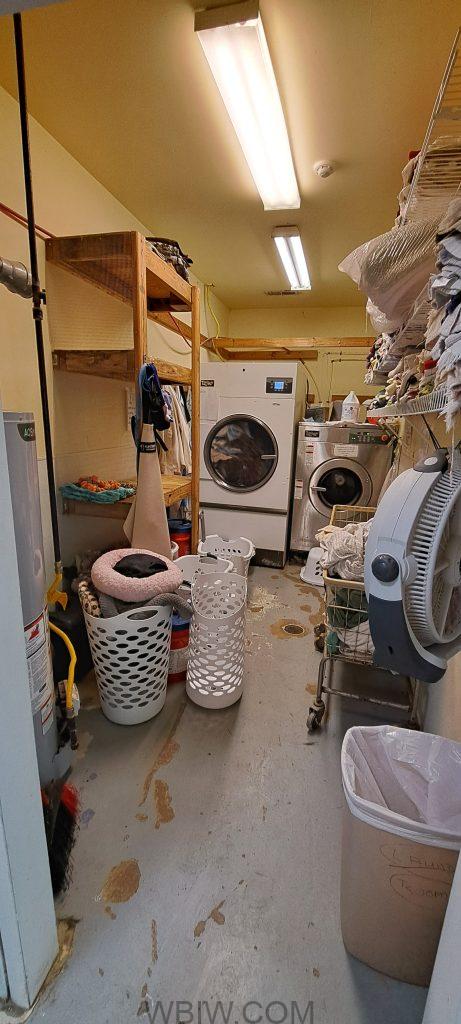
The shelter works hard to keep bowls, blankets, and any toys or beds clean and sanitized so that any sickness doesn’t spread between animals.
For puppies brought into the shelter, they have a separate room to keep them safe. This room is off-limits to visitors, and those who go in to care for the animals inside must wear boots that are disinfected before and after entering the room.
Puppies’ immune systems are vulnerable until they’ve had all their vaccinations, which is why they are kept separate. Diseases like Parvo contaminate the ground and could be unintentionally tracked in by people visiting.
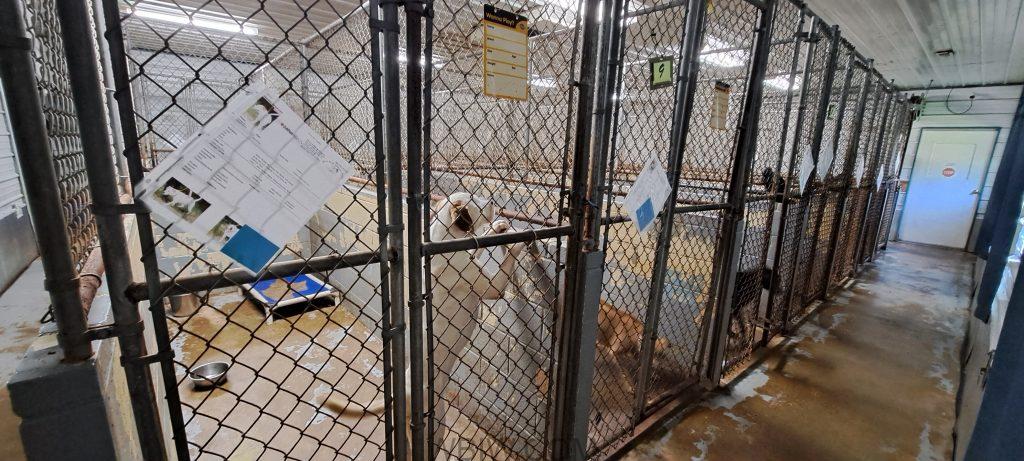
Other issues present themselves, such as inefficient use of space, poorly designed kennels, inoperable drainage systems, and more.
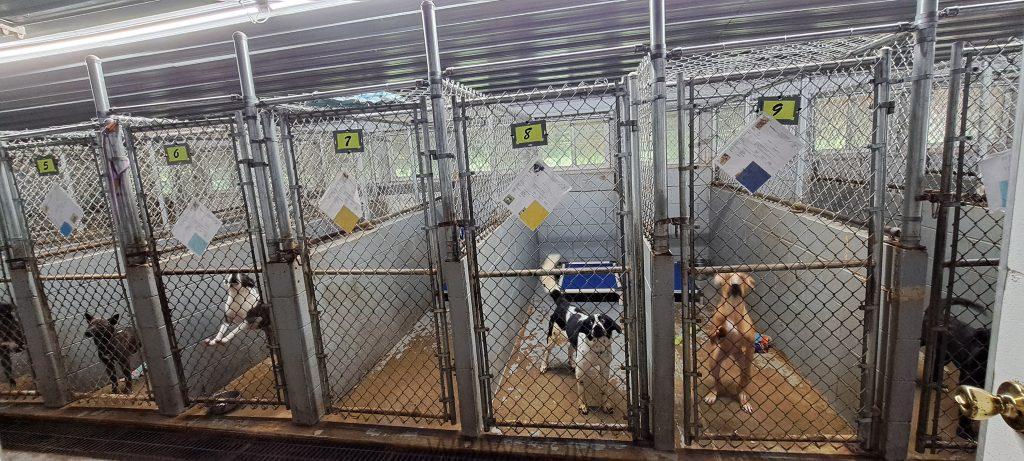
When one dog gets excited and begins barking, others see it, hear it, and also begin to get worked up. merely walking through the rooms with dogs results in a deafening cocophany of barks.
Additionally, dogs bark at each other in general, so with other canines in plain view, noise is a constant.
This noise has been a point of concern for some area residents for the new location since the current shelter has outdoor kennels. Plans for the new shelter will have all-indoor kennels, which should lessen or eliminate the noise of barking in the surrounding area, as well as allow temperature control for the animals’ well-being.
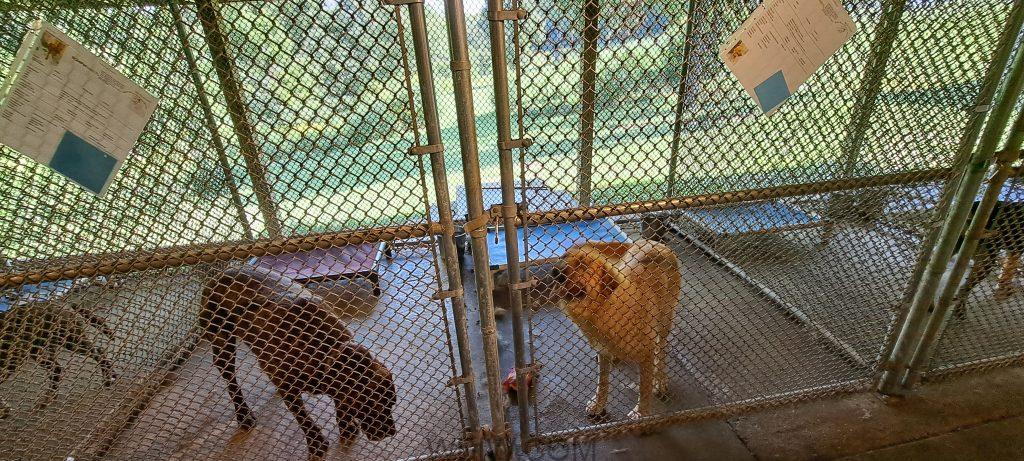
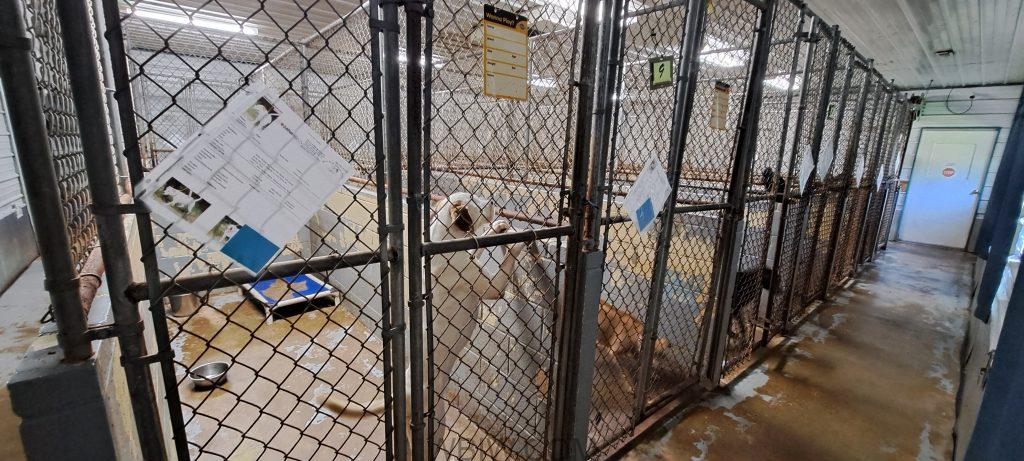
Some animals are doubled up in kennel spaces, and this close proximity makes the spread of colds harder to prevent.
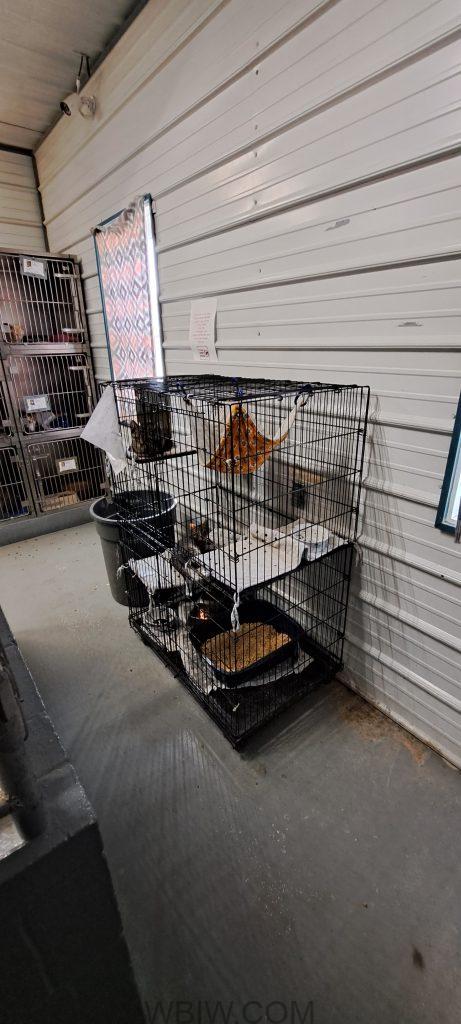
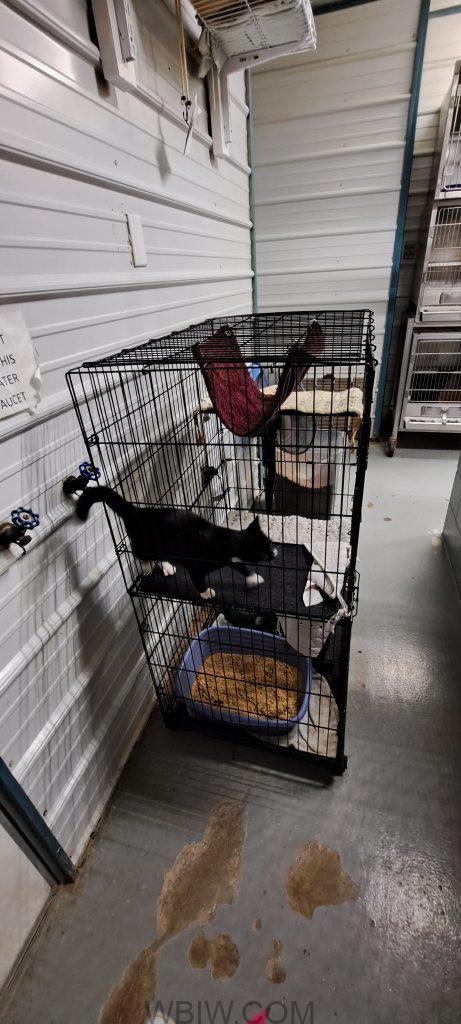
Extra cages with multiple feline inhabitants line the walls at the Humane Center because there isn’t enough space inside the normal kennels.
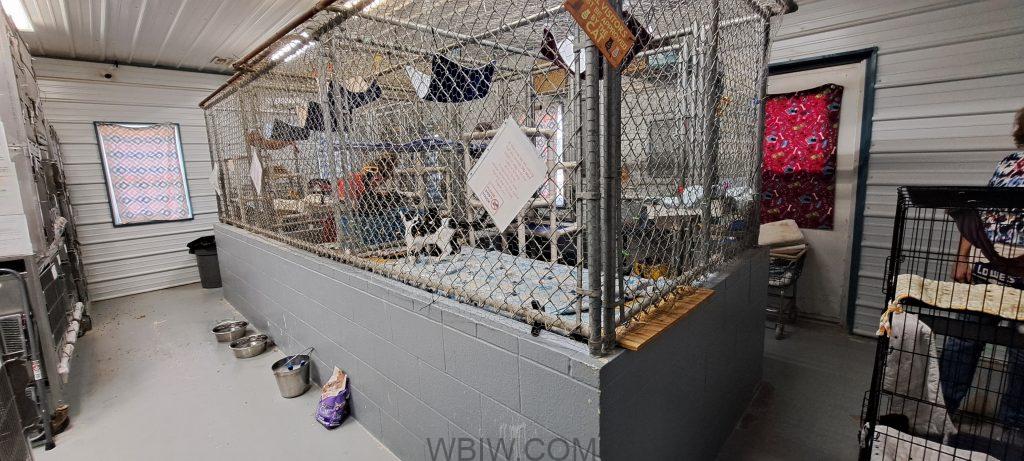
Naturally, anything new brings uncertainty, and in light of that there have been some concerned parties, but many of the issues won’t prove problematic.
Lawrence County resident, Dwight Dunbar recently sent out a letter with concerns about the new shelter’s planned location. One concern is the perception of few hours of operation and that on occasion unwanted pets are dumped outside of operational hours.
Even though the shelter is only open 19 hours a week, those are just the hours of operation that are open to the general public. The shelter is staffed 7 days a week because the animals need care multiple times a day. Staffing and volunteer shortages mean that the many duties workers and volunteers deal with around the clock are more time-consuming than normal. While they are not open to the public every day, certain services, such as reclaiming lost pets, are provided even during hours that are not classified as ‘open the public.’
Dunbar also voiced concerns regarding the stench of the animal shelter being in proximity to a residential area and the effect an incinerator used for disposal of animals that have been put down and incinerated will have on the residential value of the area.
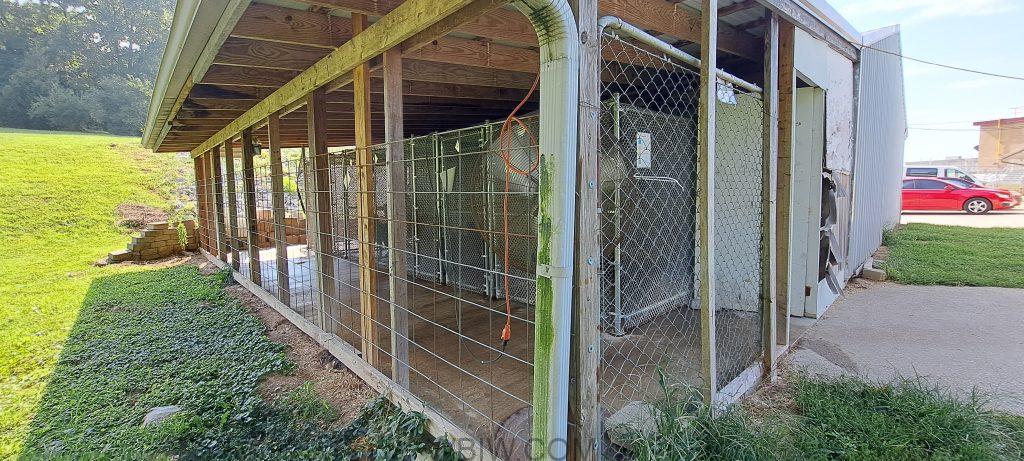
The smell at the current location can be attributed to the adjacent wastewater treatment plant, which is a result of human waste, not animal refuse. This factor will not be present at the new facility. Animals do eliminate in their kennels and there is odor inside the White River Humane Society that is attributed to that. The current shelter’s poor ventilation and inadequate drainage only amplifies this issue. While shelter workers clean kennels daily, this current situation would be equivalent to a bathroom in a home that has been used, but lacks the ability to flush the toilet and or run an exhaust fan.
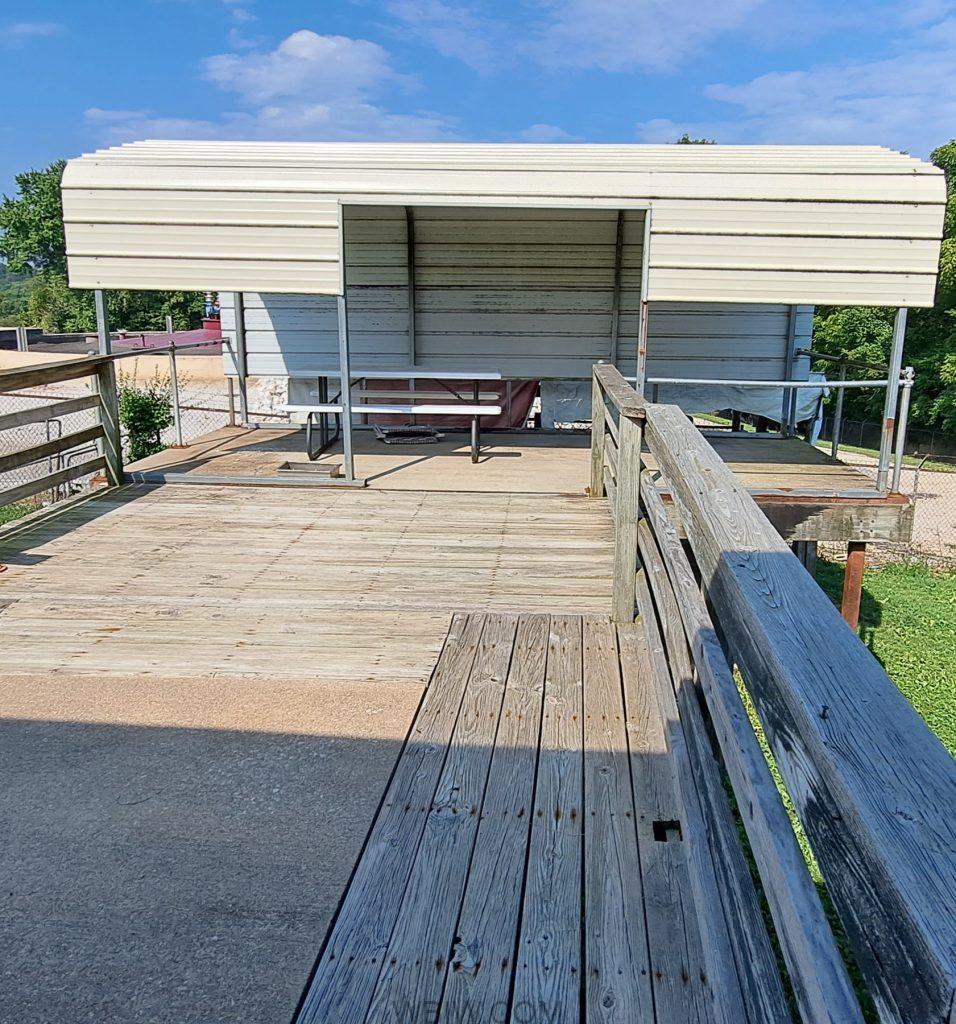
Because the new location will not have an incinerator, the stench will also not be a problem. The White River Humane Society has not used the incinerator in roughly ten years. Unlike prior management, the current board does not believe in putting down animals unnecessarily, and aside from extreme cases, all animals are given a chance to stay until they find a home. This policy is one of the reasons the shelter has so many animals.
“If people would just spay and neuter their pets – it would solve a lot of problems,” Debbie explained, referencing the sheer productivity (especially cats) of animals if they are able to breed at will.


With that said, the shelter has a large assortment of dogs and cats for you to choose from if you’re looking for a pet. From playful kittens and puppies to senior cats and dogs and everything in between, you can find the pet you’ve been looking for!
“We want to make sure our animals go into a good home and everyone is safe,” Debbie added when asked about the requirements of the application process. Any of a potential adopter’s current pets are brought in to meet the potential shelter pet, as well as children or family members in the household, to make sure everyone gets along.


Consider taking a look at the available animals and taking some of the burden from the hard workers at the humane society by visiting their website at www.WhiteRiverHumaneSociety.org and completing an online adoption application.
Fostering and volunteering are also options if you don’t find yourself in the place for a pet but want to help. Financial donations are always needed and any help is appreciated!



